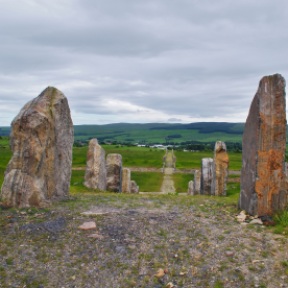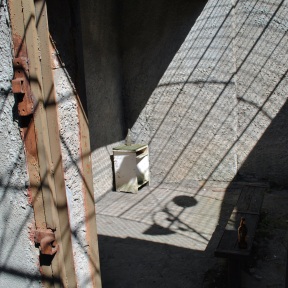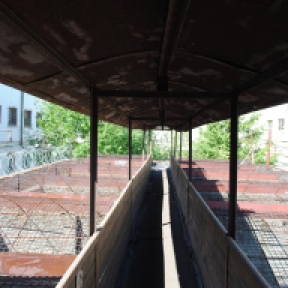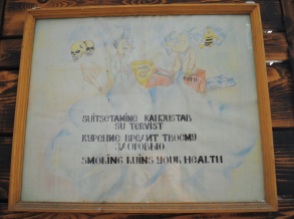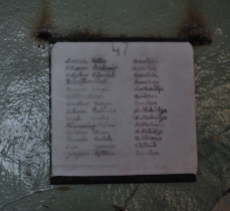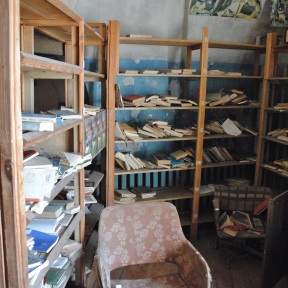
Stonehenge, imagine being there, about 5000 years ago, when people first started building the earthwork enclosure. If you could linger, perhaps five hundred years later, you may have witnessed the first stone circle being erected. If you were able to revisit in another two hundred years time, you could have helped remodel the monument and created the unique arrangement of hanging stones which are celebrated to this day.

Yet, it is easy to focus on the construction, physical representations of a will to transform, and overlook the long moments of reality when monuments were actively used. Monumental statements (fetishistic moments of monumentality) sit comfortably with contemporary concerns for master plans and iconic buildings : architect-planner-deity. Perhaps monuments such as Stonehenge, dangerously legitimise the short term political gestures (remember the difficult birth of the Millennium Dome !), grand projects of great people, and as such belittle the everyday, annual or generational uses of places we value?

So it is with interest I have watched over the past few years the emergence of a new complex of stones at Crawick : which if witnessed by the monument obsessed archaeologist of the future could readily, mirroring contemporary archaeo-parlance, be described as a ‘monumental landscape’ but in the absence of overt function be easily classed as a ‘ceremonial landscape’ or ‘ritual landscape’. Yet Crawick is of its time, as post-industrial imagineering, an overt expression of regeneration, a cosmological dream beyond the short half-life of industrial decay.

A solution to the problem of the blasted legacies of open cast coal extraction.



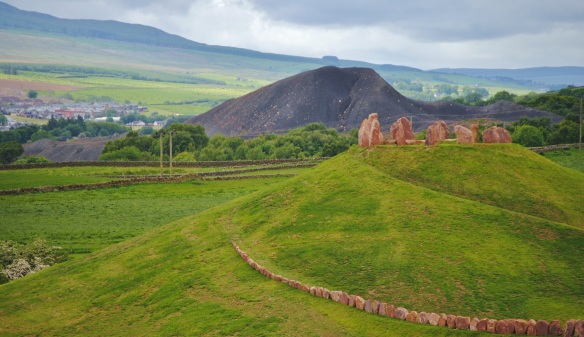
So again, like Stonehenge, we are encouraged to focus on the monumentality of the project, the grand vision of the architect god. Yet it may represent a moment in time which is worth studying, as a contemporary archaeology, as an unfolding of possible futures. Crawick landforming (phase 1) completed 2015, how will decades and centuries of humanity respond to this new space ?

Our opportunity is to engage in the moments between monumentality : phase 1 completed 2015 and Crawick landforming (phase 2) due to be commenced in 2215 ! What potentials lie in new birthed spaces, what opportunities to explore and express in the longer flow of time ?
So perhaps at generational monuments like Stonehenge, what sang through the ages, was the joy of the use of the space, dance and music, life and death transforming to place.
Perhaps such monumental places should be other worldly, liminal zones. Places where we can encounter a pantheon of archetypes, explore the boundaries of humanity and through activities (perhaps challenging our definitions of art, culture and heritage) find pathways to revitalise earth from disturbed ground.






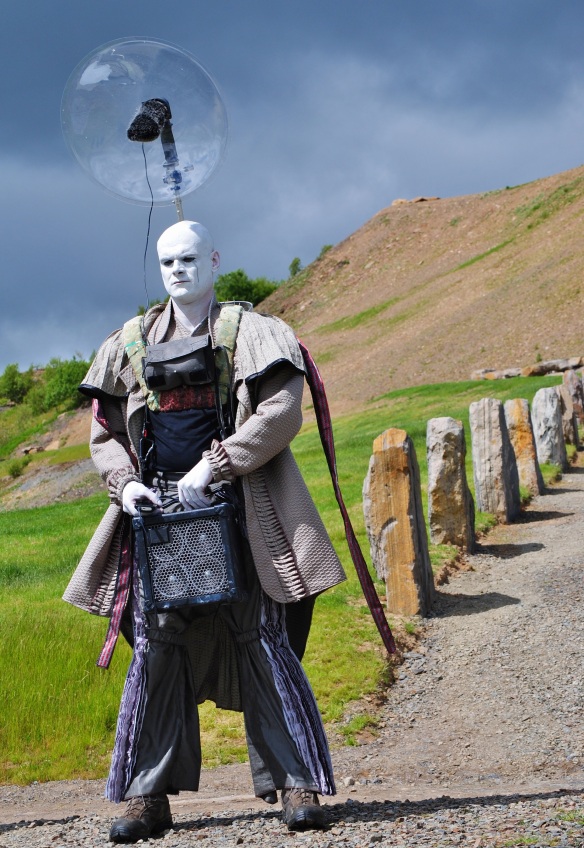
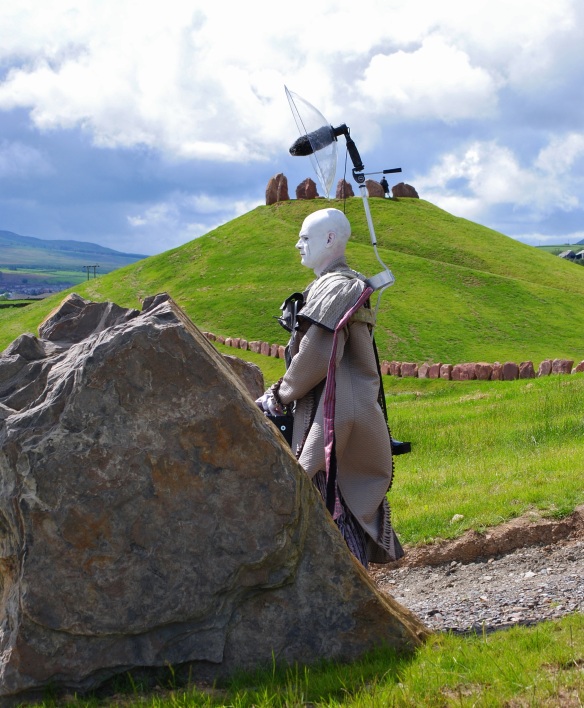


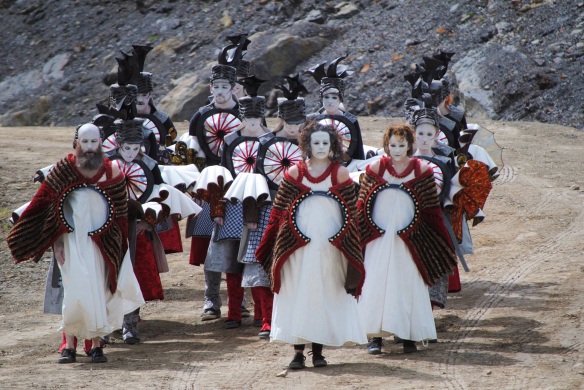




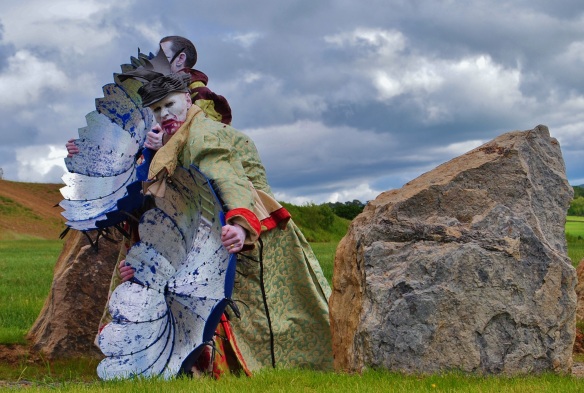



Place is made, not by those who assert their will upon space,
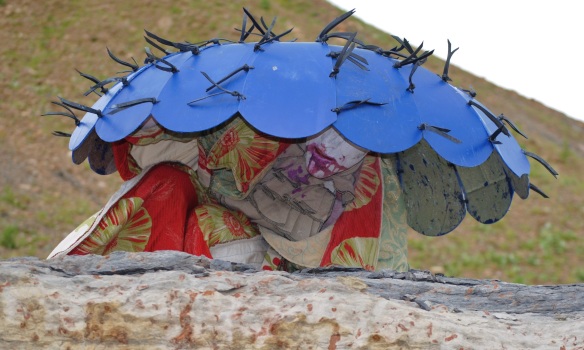
but by the people who dwell there.
—————————————————————————- —————————–
Following an encounter with another Land Formation by Charles Jencks, I learned about the plans for Crawick and visited in May 2014 when ‘land-forming’ works were underway. A subsequent visit was undertaken in June 2014 when we were kindly allowed in the site to see the work in progress. The next encounter with Crawick was when it was launched in June 2015. The opening weekend was alive with the wonderful performance by Alex Rigg and Oceanallover which forms the basis of the peopled images above : and the only time when the monument made sense !
A further visit was undertaken in February 2016 with Kenny Brophy and Public Humanities students from University of Glasgow during which we had a heated debate about the cosmological frame of reference of the monument forms. A parallel perspective on this contemporary cosmological space was produced by the Urban Prehistorian.
Collectively these visits, revealed the obvious, it is not the monument that matters or who conceived of it or who built it (sorry !), rather it is how it is used and by who and for how long – and that transcends the meaning assigned by the architect. Thus the stage has been created and the meaning will be writ in the long term by those who perform upon it and dwell with it.
I wonder how the monument might change in use with Crawick landforming (phase 2), provisionally due to be commenced in 2215… … !






